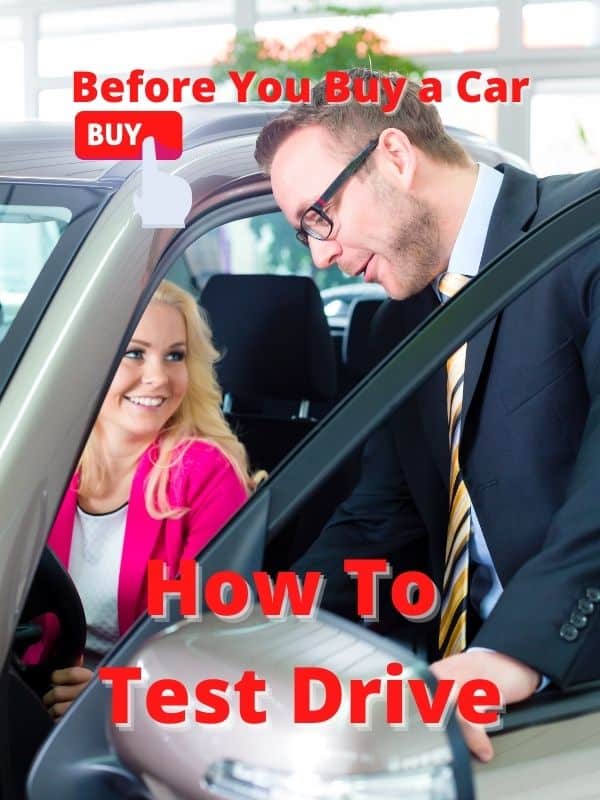(Updated 2/21) I’ve purchased several new and used cars over the years and a test drive will tell you things you might not have expected before buying a car. If you’re not carefully looking for a specific thing you could have buyer remorse.
A test drive will help you check for the proper mechanical functioning of the vehicle, the fit for your body type, the functions that you expect you will want and need, and how practical and enjoyable it is to drive on a daily basis.
As I drove my first car I was lucky that it functioned properly and lasted as long as it did since I didn’t pay much for it. There’s a lot of value in having a checklist of the things you are looking for in a car. Let’s find out what things are best to do when test driving.
1. Go to the Internet Before your Test Drive

In the past, you may have had to go to several dealers before getting the deal you wanted. Each dealership is willing to sell cars for discounts depending on inventory and a host of other conditions.
But… they always need to make money and will try to set you up with a deal that helps both you and them.
Some dealers are open and honest from the start and others will try to nickle and dime you for as much as they can. It’s important to make a decision beforehand about what you want and are willing to accept both financially and with the type of salesperson and dealership you’re willing to deal with.
Now we can go online and find fair prices for what a car should cost and then go to a dealership or private party and negotiate from there. If you go on the main car company website, it may have deals that are not readily shown at the dealership that you may still be able to get if you ask.
Here are some websites to use when looking for a fair car price:
Here are some websites where you can compare car prices:
Here are some websites where you can compare used car prices:
On the internet, you can look up common issues with the type of car your looking to buy, and be sure to inspect used cars and ask about these issues during the test drive if it is pertinent.
A little research, planning, and patience can be very helpful. Once you go to the dealership to buy a car, you should have already made the decision about what exactly you want and need in a car and what financial terms are available that you qualify for.
Talking on the phone to ask questions is a good idea before going to a dealership as well. You can clarify any questions and not have to wait for a long period, as some dealerships like to do.
2. Check your Credit
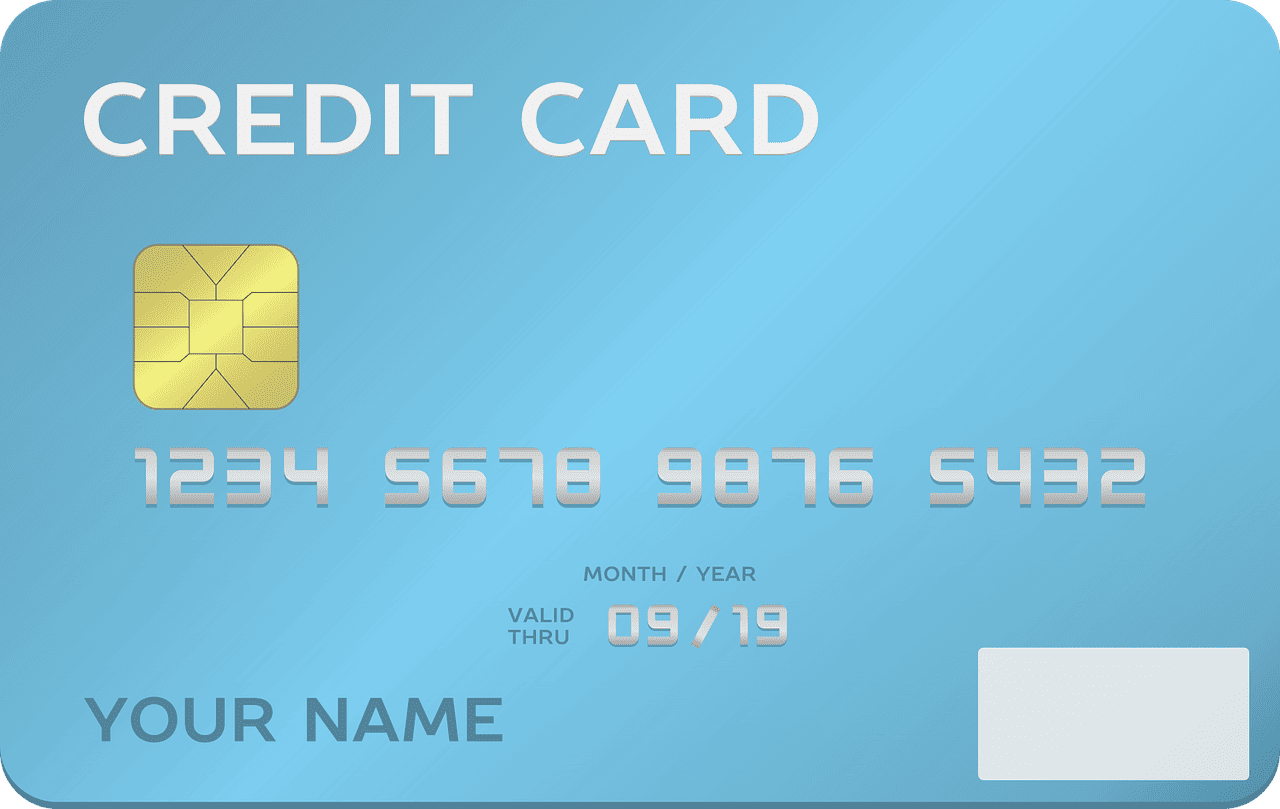
This applies more when going to a dealership than a private party. We want to have a good credit score.
Most lenders will use a FICO score to check your credit and decide how much to lend. FICO stands for Fair Isaac Corporation and they gave a way to check your credit score based on all your credit transactions.
Before you test drive you may want to check your credit when you are going to a dealership. You can use this as a bargaining chip if you are trying to get the best deal. If you have good credit you may be able to lower your monthly payments and get a lower interest rate.
One thing you’ll want to ensure you decide before any type of purchase is what you want the financial terms to be. If you have good credit, you’ll likely be able to purchase a car on your terms, rather than theirs.
There are ways to get a free credit report for yourself before you visit a dealership. Be aware that each website has its terms, so read carefully just to be sure. When you go to Google just type in Free credit report to get a list of some websites that offer free reports.
Once you go to the dealership and are ready to buy a car they will check your credit. Companies like Experian and Equifax analyze your credit data and can report your scores to lenders.
The dealership will ask a credit reporting company for your credit score to determine what your score is and help them determine your financing options.
Each credit reporting company may have a slightly different score, but they are usually fairly close.
You might think about raising your credit score a year before you buy a vehicle by starting to keep good credit habits.
Make sure you pay on time, don’t max out your card, and use your card often to build up some history.
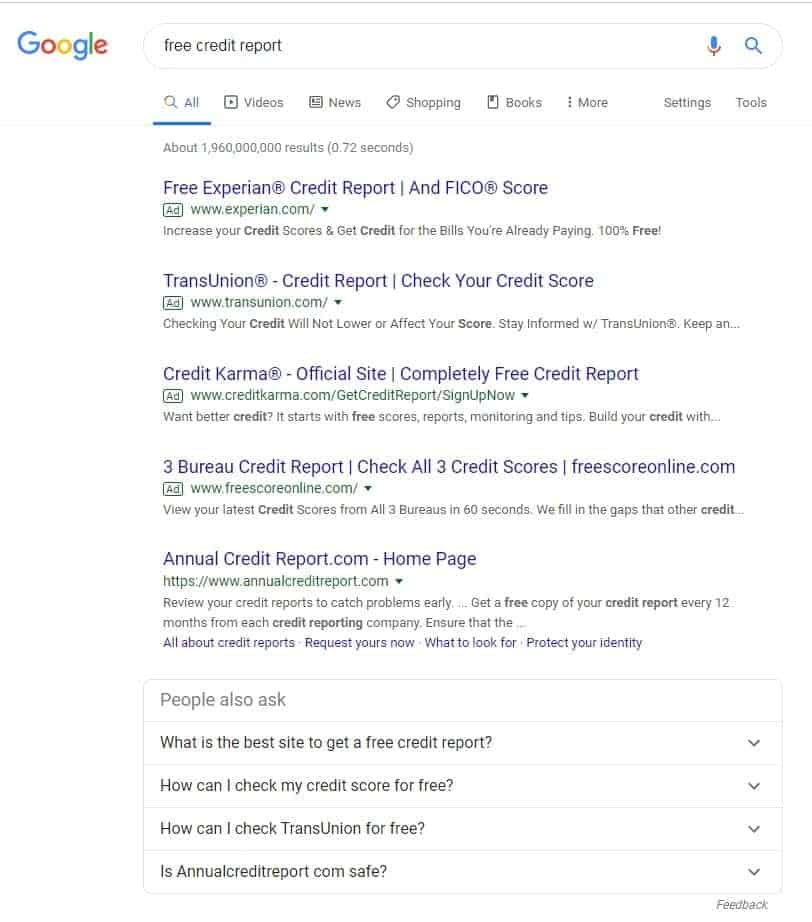
For a better credit score, consider the following:
- Your payment history. Have you paid on time? A good way to increase credit score.
- How long you’ve had credit? Have you continued to use revolving credit for long periods?
- If you are getting new credit cards or lines of credit. Getting new cards can lower your score.
- How much do you borrow? Are you borrowing the max on your credit cards?
- Credit from different places. Are you able to pay all that you owe from a variety of lenders?
3. Check your Savings
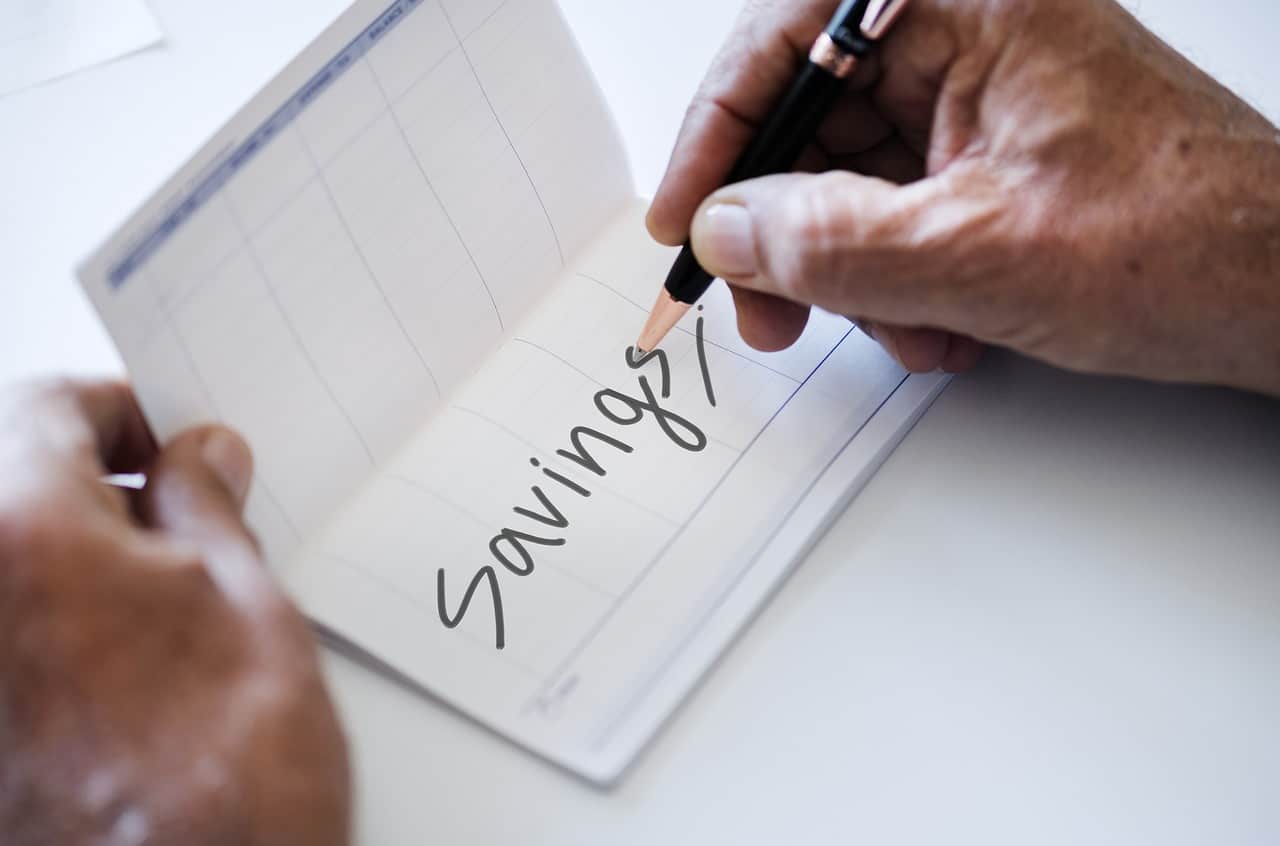
If you have cash in the bank to cover the cost of the car, it may be to your advantage to pay for part of all of your car costs by purchasing it outright. It’s also important to keep 3 or more months of monthly expenses in the bank for rainy days.
This usually doesn’t happen for most people because money is tight, but if you have savings in the bank with 3 months’ expenses to spare, it’s a good idea to at least put a down payment on the car, so your monthly payments and overall payments will be lower.
Having savings in the bank for a rainy day is also important when financing a car. Your total loans should be about 1/3 of your income or less. Some people like to go up to half their income going to loans, such as cars and houses, but that can get out of control for people quickly if there happen to be any extra expenses.
You want to be able to pay your bills if difficult circumstances come up. For some, getting their car taken away because they can’t pay their bills has a dramatic impact on their life. Plan for what you’ll do beforehand if funds get low or for the possibility of not having a car.
4. Test Drive a Friends Car First
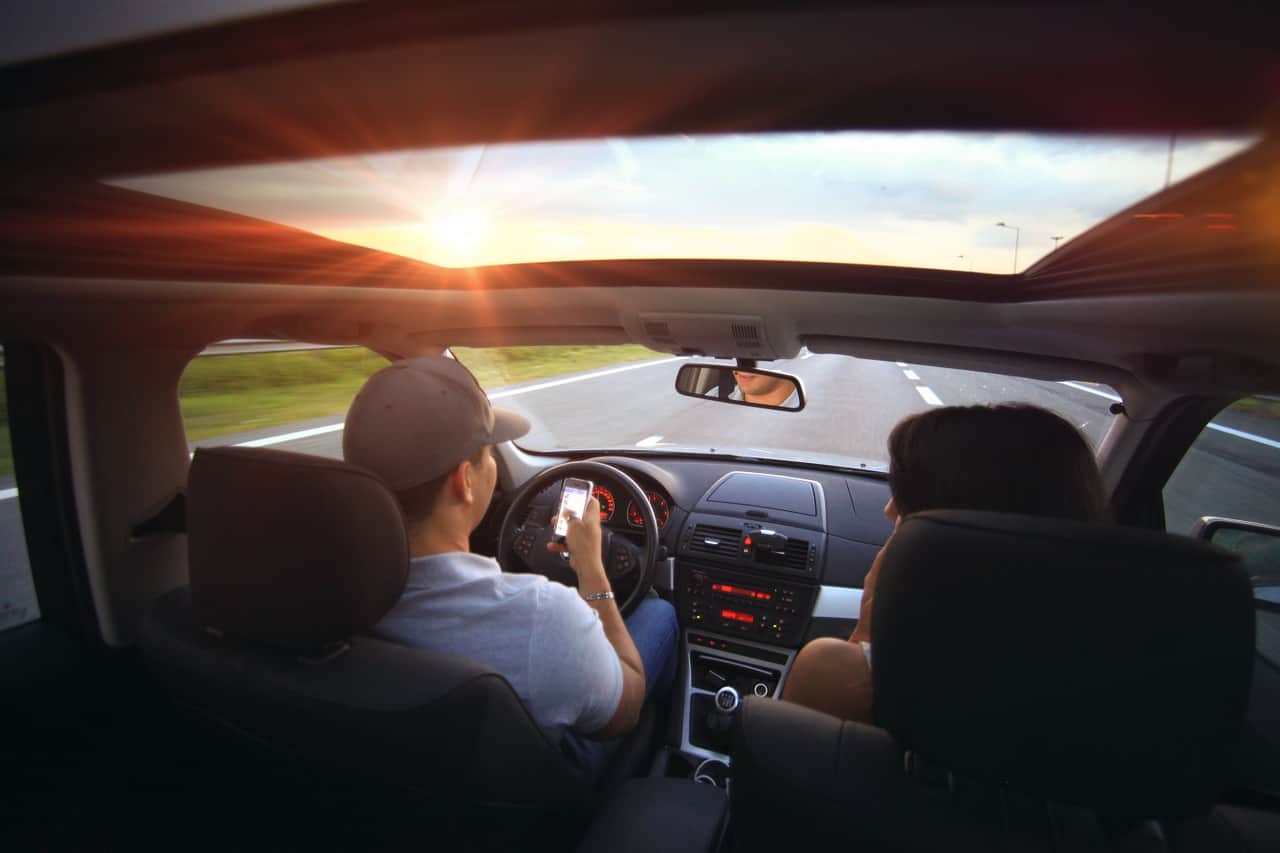
When you’re getting ideas of what you’re looking for in a car you may have made a checklist of what you want. A checklist is great to have, as well as some first-hand experience.
You’ve driven cars before and you’re familiar with what your needs are, but if you haven’t driven a different car for a while, you may need the experience of driving a friend’s car before going on a test drive to buy a car.
This will help you recognize things you like and don’t like, and bring up questions that you hadn’t thought of before. You’ll be better prepared for the real test drive.
This way you’ll feel more confident in your preferences and be more prepared to gather all the information you need from your test drive. It will be a more constructive experience, rather than one that leaves you with more questions.
5. Use a Checklist During the Test Drive

The first car I purchased was a large 2-door Ford Elite. I gave very little thought about what I should look for, except that it should run well.
Using a list to check off what your expectations are and write down what you didn’t expect will allow you the space to make an informed decision instead of an impulse buy.
You can get a lot of valuable information during your test drive that can be used when comparing cars or making a decision. If you are careful, you’ll be able to get the car you want and one that meets your needs.
It’s a good idea to have a checklist with you before you go on your test drive so you can remember the things that are most important to you and not get too emotionally involved before you buy.
You can decide what are the top items you are looking for in a car and prioritize other items on your checklist as high, medium, or low. This way you will not be questioning what you should do and you will have a clear idea of what you want and what you won’t accept.
If you are purchasing a used car then your checklist will need to be more extensive so it can include all the parts of a car that regularly wear out and need to be replaced.
Use This Checklist For a Used Car
Here’s a great Checklist from ChrisFix.com that goes with the video above.
6. Test Driving a Private Party Car For Sale

The ideal setting for purchasing a car would be where you are 90% or more sure about what you want and need, and the person selling the car asks you lots of questions to understand what it is they can do for you.
But when you go to a private party to buy their car, a lot can be left unsaid, so it’s your job to investigate well to ensure you understand the pro and cons of buying the car.
You may want to inspect the car before driving it, to make sure it is actually what you were looking for when you saw the ad or posting.
Things to think about before the test drive:
- Make sure you have car insurance. Accidents can happen and the sellers’ car insurance may not cover you driving their car. Make sure you have access to it in case the seller asks.
- Bring your license.
- Take your friend. They can make you feel a bit more comfortable and safer when driving and meeting the seller.
- Take your phone. Feel free to text and call friends for support if needed. Take plenty of photos of the car when you visit and ask your friend to take a video as you drive. You’ll want to look at the pictures and video later when recalling all the details of the car.
What to do during the test drive:
- Listen to the car as you accelerate and stop, turn left and right, and go over bumps. Open the hood and have someone start the car and accelerate a bit. Listen and look for any signs of issues. You can also take a video of under the hood to analyze later.
- Try accelerating quickly and stopping quickly once or twice to see how things are operating.
- Go over bumps to check the shocks and listen for issues.
- Test all the controls for the car (signals, lights) all the electronic components (radio, heating, and AC), and accessories.
- Check that you fit well in the seat and can adjust it and that all the seat belts work.
- Check the mirrors are in good condition.
- If you like the car, check everything else that moves, operates, or turns on to make sure it works.
The best way to get the most from your drive is to have a good idea of what you should be looking for in a good working car before you visit the seller. A friend and checklist can help you remember all the things you may have forgotten.
7. Test Driving at a Dealership

The ideal setting for purchasing a car would be where you are more than 90% sure about what you want and need, and the salesperson asks you a lot of questions to understand what it is they can do for you to get your needs met. Unfortunately, some car salespeople are all about making the sale.
You’ll need to be sure about what needs and wants you to have and not get distracted by the sales representative. A key idea to remember is that they are here to serve you.
There’s no need to be afraid when dealing with a salesperson. If things are getting uncomfortable it’s time to leave. Don’t worry that they might get offended. No matter how much they beg you to stay you just tell them you need to think about it.
I prefer to be clear with my price expectations from the beginning and expect my salesperson to do the same.
When everyone is clear about what the expectations are and the dealership is fairly transparent, things should go quicker and with a lot less uncertainty.
My opinion for interacting with someone selling a car is to state what you want and be as clear and confident as possible. If you’re unsure don’t buy it. Wait until you are 90% or more sure to make your purchase; you’ll be happy you did.
Sales occur all the time at dealerships and you might get lower levels of service from some salespeople. Go back as often as you need to get your questions answered and feel certain that you are getting a car and a financial arrangement that meets your needs.
Yes, you might miss a sale, but you won’t make a bad deal or get the wrong car. Sales happen a lot.
Just remember, they’ll be a new sale soon or at a different dealership, maybe a better one, and that used car might not be there next week, but something else that can meet your needs should be.
8. After the Test Drive

Once you’ve seen how the car operates, it is a very good idea to wait 48 hours before making a decision to purchase. Emotional buying is one of the worst ways to purchase a car and the cool-off period can help you put things into perspective.
You’ll be happy you did if you find something even better that suits you just the way you like. That’s why taking your time to research and test drive at least 2-3 cars will pay off in a better purchase for you, even if you choose the original car you test-drove.
The other option is to take a period of time, maybe two weeks, to research, test drive, and compare vehicles. You’ll have gained a great deal of information without any need to feel pressure because you weren’t trying to buy anything, just learn.
Then when it’s time to buy a car the only thing you’ll really need to focus on is how you want to purchase it.
Conclusion
It’s important to give yourself as much of a chance to get the best car for yourself by test-driving a car before you buy it. You’ll find out what you like and don’t like as you test drive more than one car. You’ll have a better chance of finding the right car for you as you research and test out different cars.
Don’t forget the value of bringing a friend to bounce thoughts and ideas off of your checklist. It can be a fun experience test driving new or used cars but don’t forget to focus on all the important details to get the most out of your experience so you can get the car that is best for you.

